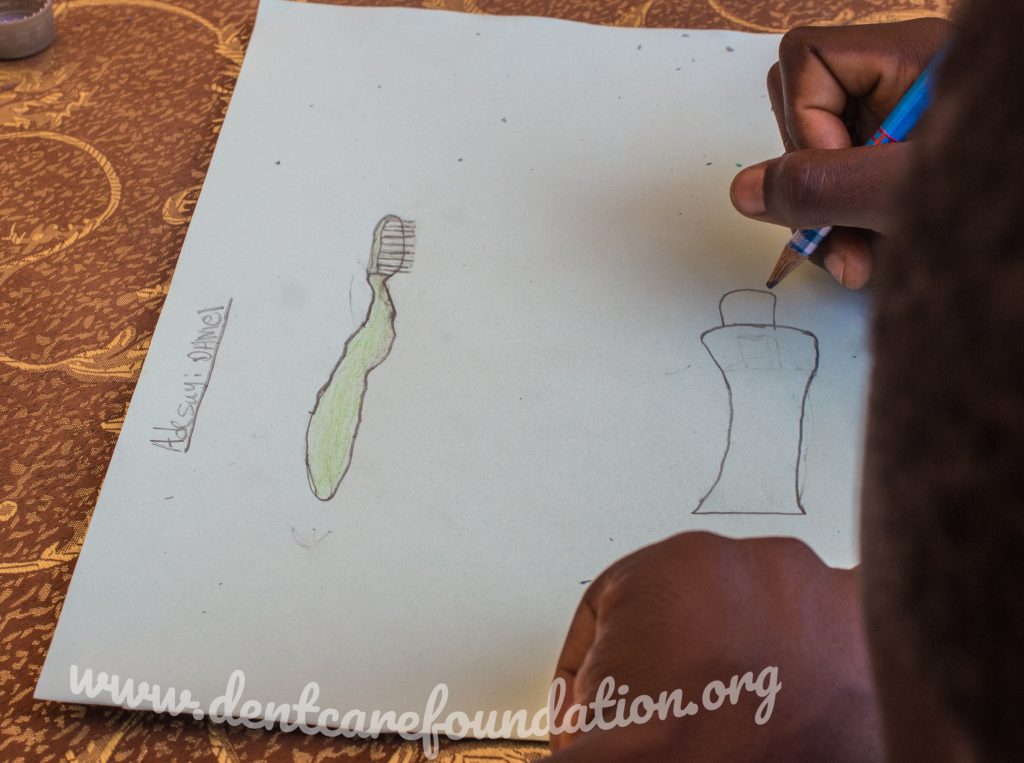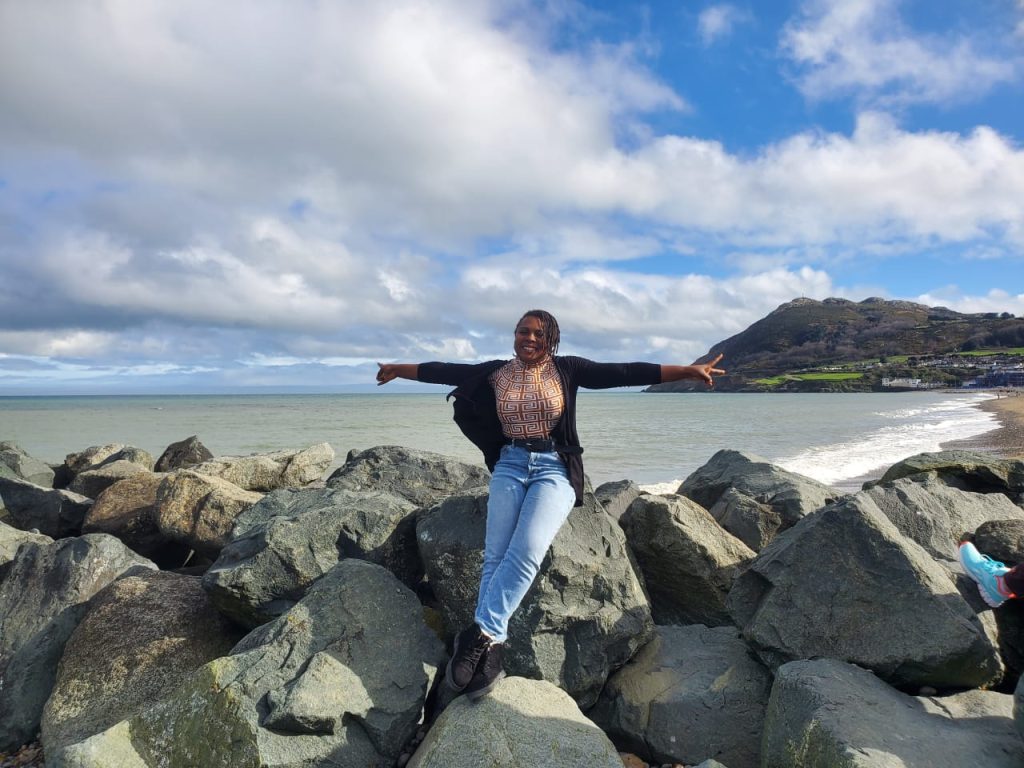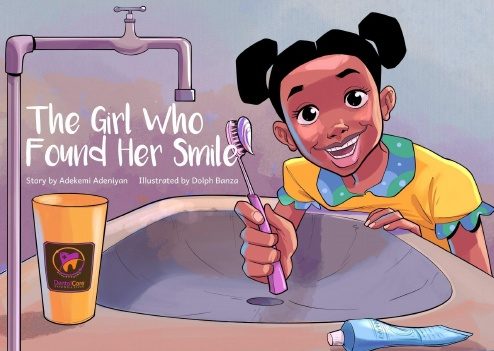
I have always believed that education is key to changing lives. As a dentist with a passion for making a difference, I have long been convinced that we need to rethink how we approach oral health education.
As we all celebrate World Oral Health Day today, it’s time to rethink how we educate communities about the importance of oral health. Using art and stories is a powerful tool to promote good oral hygiene and literacy. This approach is inclusive and helps create a culture that values prevention and early intervention.
Oral health is an integral part of overall health, yet many people still lack basic knowledge about how to take care of their teeth and gums. This is especially true in developing countries like Nigeria, where oral health literacy is low, and access to dental care is limited.
To address this challenge, my team at Dentalcare Foundation and I started working on a big dream last year. We wanted to create the first Oral health Art and Literacy Festival in Nigeria. We envisioned a festival that would bring together artists, writers, dentists, and other healthcare professionals to educate and inspire children about oral health. Our goal is to use art and stories to communicate the importance of oral health in a way that would resonate with not just children but people of all ages and backgrounds.
Recently attending the Creative Brain Health week in Dublin, where I saw firsthand how art and music are being used to advance brain health in people with dementia and other neurological conditions. I realized that we are on the right path. By using art and stories, we could redefine how we educate our communities about oral health and make a real difference in people’s lives.

The Bealtaine Festival in Ireland is an example of an arts-based initiative that promotes brain health. This festival is an annual celebration of creativity in older age, featuring a wide range of activities such as music, dance, theater, and visual arts. The festival aims to challenge negative stereotypes of aging and promote a positive image of older people as active, creative, and engaged members of society.
In India, The NalandaWay Foundation is using the arts to improve the health and wellbeing of children in India. They have launched several initiatives, such as the “Arts-Based Therapy” program, which uses the arts to help children cope with trauma and mental health challenges.
Likewise, Arts in Medicine Projects is making a significant impact in changing the narratives around mental health in Nigeria. Through its use of art therapy, arts in health week, and community outreach. This has helped to reduce stigma, promote awareness, and improve mental health and wellbeing for individuals and communities across the country.
These initiatives have shown that art and stories have a unique power to connect with people on an emotional level. They can help us see things in a new way and inspire us to take action. When it comes to oral health, this is especially important. Many people still view dental care as a luxury or an afterthought, rather than an essential part of healthcare. By using art and stories, we can change this perception and help people understand the importance of oral health for their overall well-being.
One of the ways my team and I are already using art and stories to promote oral health is through our oral health story time, animation and story books. The stories are fun and engaging, with colorful illustrations that capture children’s imaginations. We have distributed these books to schools and communities throughout Nigeria, and the response has been overwhelmingly positive. Children are excited to learn about oral health through these stories, and parents are grateful for the information.
In addition to children’s books, we are also working on using other forms of art to create public awareness campaigns about oral health. We are looking to commission local artists to create murals and arts that promote good oral hygiene practices. These artworks will be designed to be eye-catching and thought-provoking, with messages that encourage people to take care of their teeth and gums. By placing these artworks in public spaces or schools, we hope to reach a wider audience and spark conversations about oral health.
Of course, art and stories alone cannot solve the complex challenges of oral health in Nigeria. We need a multifaceted approach that includes education, prevention, and access to dental care. But I believe that art and stories can play an important role in this effort. By using these mediums to educate and inspire people, we can create a culture of oral health that values prevention and early intervention.
Our dream of an Oral health Art and Literacy Festival in Ekiti State Nigeria is a work in progress, we are making steady progress. We look forward to receiving support from local organizations and individuals who believe in our vision. We are working hard to bring together artists, writers, dentists, and other healthcare professionals to create a festival that will inspire and educate people about oral health.
Using art and stories to teach about oral health is a powerful way to improve oral hygiene and literacy. It includes everyone and helps create a culture that values prevention and early intervention. Oral health is an important part of overall health, and using these mediums can help promote its importance.

